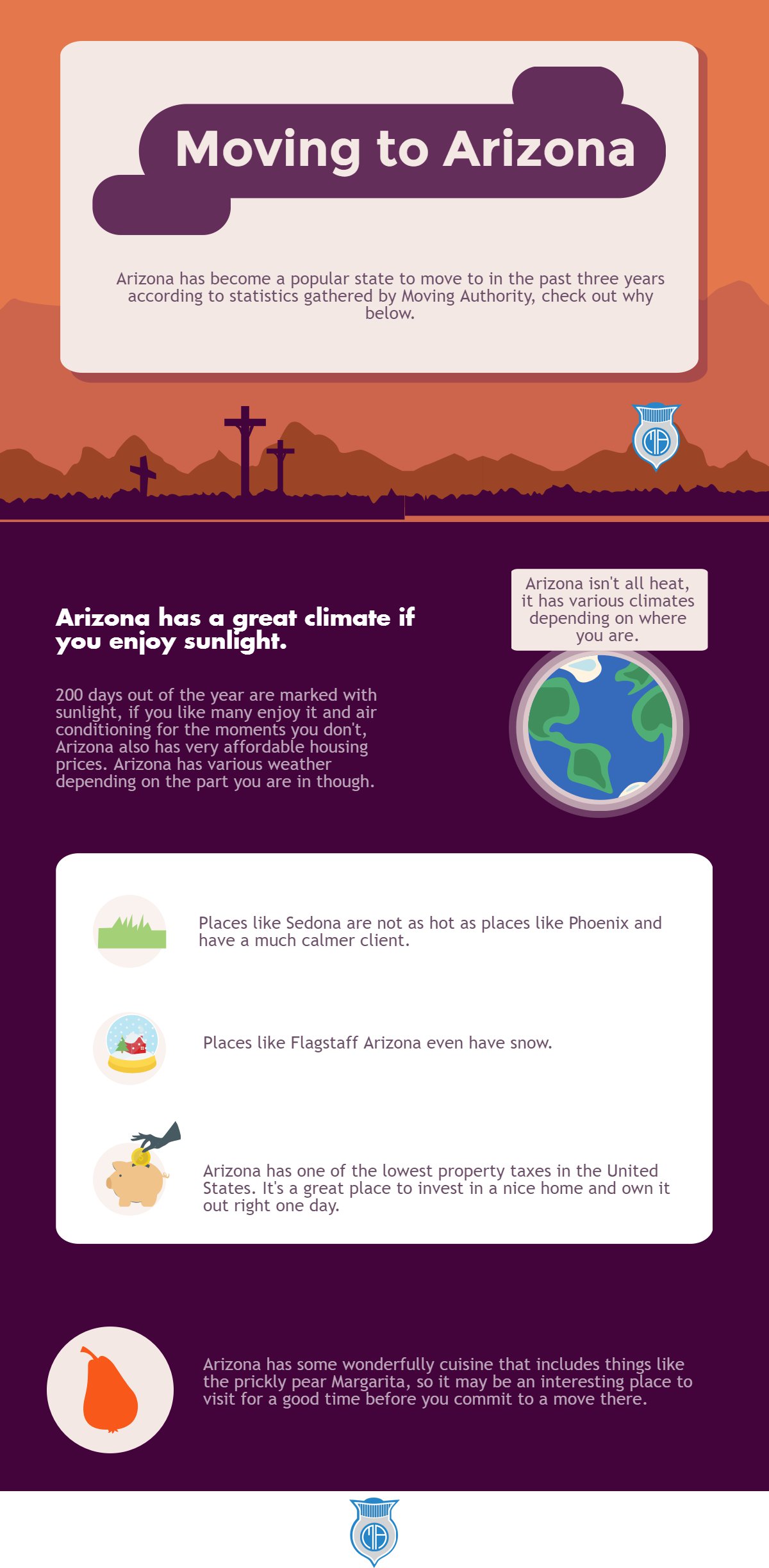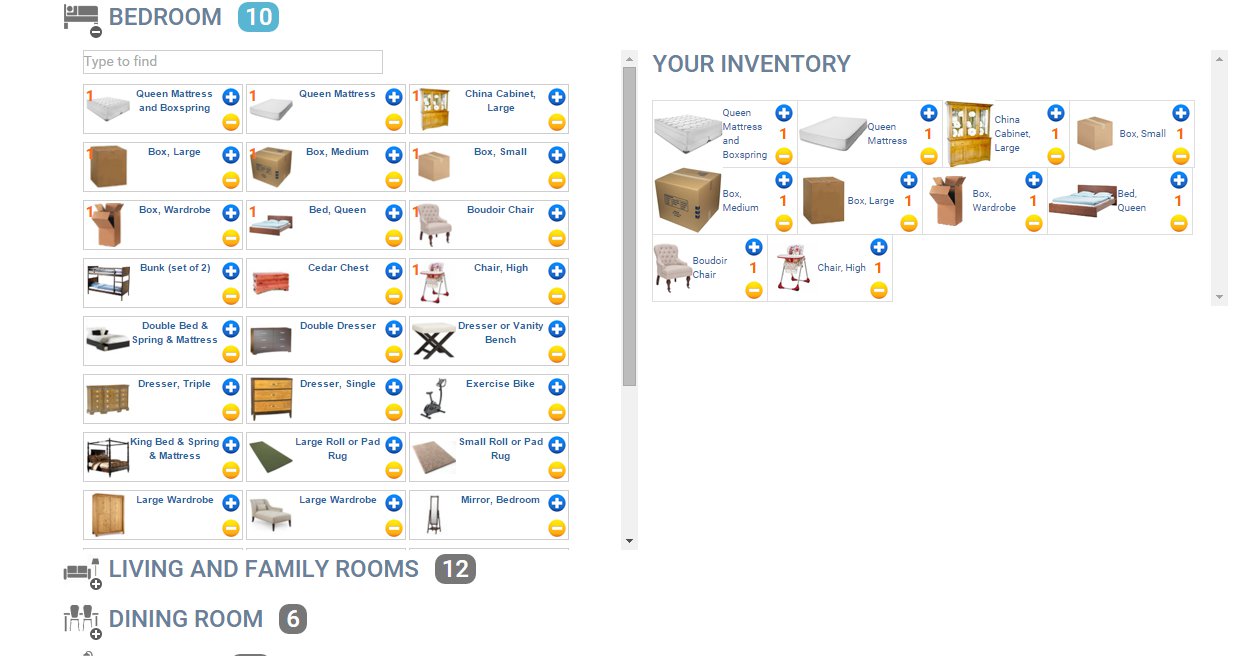Moving to Arizona : 5 Reasons People Are
- Why Are People Looking To Move To Arizona?
- What To Expect When Moving To Arizona: Details
- The Weather
- The Outdoors
- Economics
- Land & Prospects
- Food
- Cultural Experience
- Moving Authority is Here to Help
1. Why Are People Looking To Move To Arizona?
From the Grand Canyon to boasting over 200 plus days a year of sunshine, Arizona is a state that really calls to many Americans. This has become a go-to destination over the last decade, with the population booming as well as the economy! Here is a list of reasons why Arizona may be the
new state for you from its beautiful red desert landscape to its unique southwestern culture; the west may be calling you.

2. What To Expect Moving to Arizona: Details
From the Grand Canyon to boasting over 200 plus days a year of sunshine, Arizona is a state that really calls to many Americans. This has become a go-to destination over the last decade, with the population booming as well as the economy! Here is a list of reasons why Arizona may be the new state for you from its beautiful red desert landscape to its unique southwestern culture; the west may be calling you. If Arizona is calling you make sure you find the best option for moving to Bisbee for example, by browsing Moving Authority. Resident Doug Stanhope says it's a great place to live. At Moving Authority the states are your oyster. We have the best comprehensive listings and reviews of all sorts of moving companies including full service moving, long distance moving companies, and local moving companies.
3. The Weather
Like I already said, with 200 days or more a year of sun this is an ideal place to get a tan! Although it might get very hot in the summertime, Arizonians like to say you are never more than 100 feet from a pool, so not to worry.
4. The Outdoors
There are so many types of terrain in AZ. From the desert to the snow in Flagstaff, to the peaceful calm of Sedona, to the waters of Lake Havasu Arizona has so many beautiful sights for nature lovers. Horseback riding, fishing and of course golf, golf, golf!
5. Economics
Forbes magazine has listed Arizona as one of America’s top 5 entrepreneurial states. This is great news for people who are looking to be the masters of their own destiny by opening their own businesses. One of the reasons for this entrepreneurial boom is because they have one of the lowest business taxes in the nation! Arizona also has one of the lowest property taxes in the state, as well as beautiful homes at affordable prices.
6. Land & Prospects
There is a lot of land in AZ and compared to its size the population is relatively low. Lots of land results in many homes being able to boast large and expansive yards filled with beautiful desert landscapes. If the idea of never having to mow your lawn or shovel your drive of snow again doesn’t make you excited, nothing will.
7. Food
Amazing and unique food is being made in Arizona that really captures the flavor of the southwest. Fancy any cactus jelly, prickly pear margaritas or chimichanga (deep fried burrito) anyone? Southwest culture is an interesting mix of the old west, Native American influences, great food, beautiful landscapes and a love of the outdoors. It is a unique blend that can only really be understood once you see Arizona for yourself.
8. Cultural Experience
Southwest culture is an interesting mix of the old west, Native American influences, great food, beautiful landscapes and a love of the outdoors. It is a unique blend that can only really be understood once you see Arizona for yourself.
9. Moving Authority is Here to Help
If this sounds like the place for you, I would begin by researching some more about the state or city you'd like. Once you've figured out all of the logistics visit us at Moving Authority. We have a moving cost estimator that will give you a detailed estimate for whatever you enter in. If you're looking for a state to state movers, click on movers near me, this will bring you to the states page. These are great resources to help your move be less stressful and more fun!



Add Comment